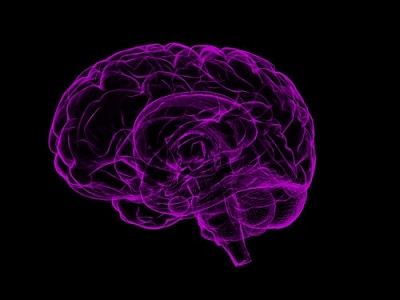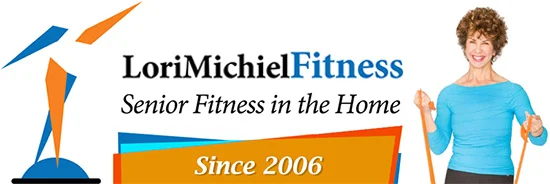 Strokes are the fifth leading cause of death and a leading cause of disability in the United States according to American Heart Association.
Strokes are the fifth leading cause of death and a leading cause of disability in the United States according to American Heart Association.
The words STROKE or Cardiovascular Accident (CVA) represent an almost mythical evil beast; one that eschews all reason and understanding. A stroke can attack even the healthiest individual at any age. There is no magic bullet cure or even a consensus on preventative measures. Hospitals and therapists are reporting that more and more younger patients are requiring therapy post-stroke, some as young as their early 20’s.
Types of Strokes
Ischemic Stroke (clots) occur when a blood vessel supplying blood to the brain is obstructed. This type of stroke accounts for 87 percent of all strokes.
Hemorrhagic Stroke (bleeds) occurs when a weakened blood vessel in the brain ruptures. The two types of weakened blood vessels that usually cause hemorrhagic stroke are aneurysms and arteriovenous malformations (AVMs). The most common cause of hemorrhagic stroke is uncontrolled high blood pressure.
TIA (Transient Ischemic Attack), also called a mini-stroke, is caused by a vessel-blocking clot that dissolves relatively quickly; a warning sign to watch out for a future, full-blown stroke.
Brain Stem Stroke affects both sides of the body and can cause a person to feel immobilized.
Cryptogenic are strokes that are of unknown origin.
What Happens After a Stroke?
Survivors of strokes have a wide-ranging spectrum of affect, recovery and challenged abilities. Limbs heal from the inside out. A person may have no or few physical challenges but may instead experience vision loss, aphasia- the loss of ability to understand or express speech, or face cognitive and/or emotional difficulties.
What You Can do to Help Prevent a Stroke Next Time
I’ll never know if my father died from another stroke or if a fall caused it. I remember he stopped playing golf, became more inactive and his memory was sketchy. I only wish he would have maintained a healthy lifestyle by eating smart and exercising more.
While following a healthy lifestyle is always beneficial, recent studies have shown that preventative measures can differ for men and for women, so there are no specific ‘one size fits all’ recommendations for prevention.
Here are a few suggestions to help stave off the chances of another stroke:
Lose weight permanently. Too many people go on yo-yo diets and it can put a strain on your heart.
Stop smoking
Manage your blood pressure
Manage your glucose if you are a diabetic.
Control high cholesterol
Get enough sleep
Manage stress
Stay fit with exercise
Consider brain fitness drills which can help with balancing the left and right hemispheres of your brain.
You are at higher risk if you have heart disease – Carotid Artery Disease, Peripheral Artery Disease, AFib, etc.
If you know someone who has had a stroke and needs assistance with stroke recovery, I am happy to talk. Please email us or call us at 818-620-1442 for a consultation.
Thank you, Kerri, for your contribution to this article.
